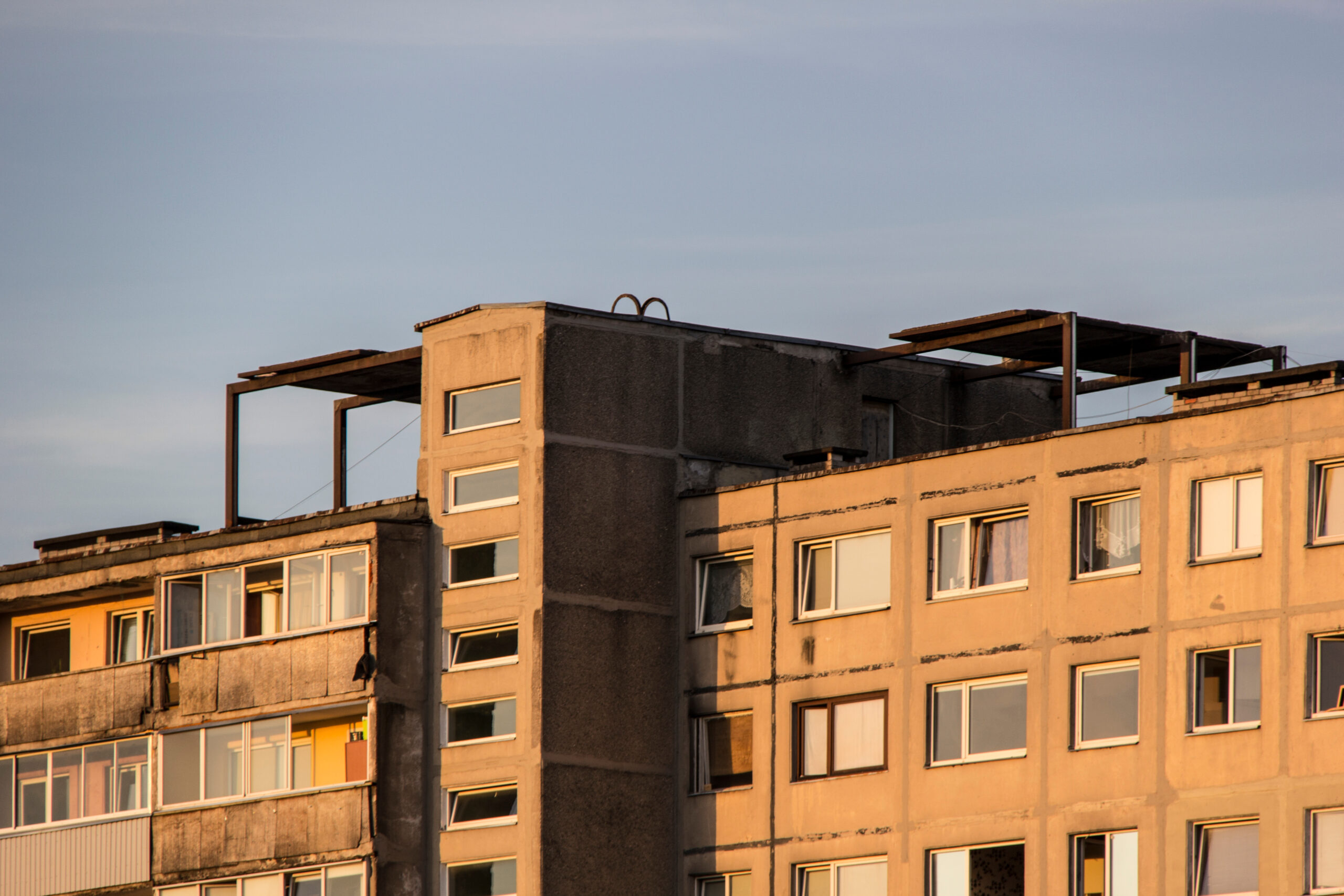Architecture in the GDR was often utilitarian, but it also sought to inspire citizens with its bold, large-scale designs. Brutalism, an architectural style that emerged in the mid-20th century, is characterized by its use of raw concrete, massive geometric forms, and an emphasis on functionality over decoration. The style’s name comes from the French word „béton brut“ (raw concrete), and it sought to create honest, unpretentious spaces that reflected the realities of modern life.
Brutalism had a significant influence on GDR architecture, particularly in the 1960s and 1970s. The socialist regime’s preference for functionality, combined with the need for cost-effective and durable materials, made Brutalism a fitting choice for many state-funded buildings in the GDR. The style’s emphasis on raw materials, such as concrete, aligned with the GDR’s economic and ideological priorities.
- Historical context of GDR architecture
- Key features of GDR Architecture
- Brutalism: Origins and key features
- Notable examples of GDR brutalist architecture
- The social and cultural impact of GDR architecture
- The decline and rediscovery of GDR Brutalism
- Conclusion
Historical context of GDR architecture
Post-War Reconstruction
After World War II, Germany faced extensive destruction, particularly in East Germany. The GDR needed to rebuild quickly and efficiently, leading to a focus on practical, cost-effective designs. The government’s priority was to create functional buildings to house the growing urban population and serve the needs of the socialist state.
Political and Ideological Influence
Architecture in the GDR was not just about constructing buildings but also about conveying the ideals of socialism. The regime believed that architecture should represent the collective spirit and the power of the state. Brutalism’s focus on functionality and bold, monumental designs aligned with these values, emphasizing strength, permanence, and the social role of architecture.
Soviet Influence
The GDR’s architecture was heavily influenced by Soviet-style planning and design, which included elements of Brutalism. Soviet architects and urban planners were instrumental in shaping the GDR’s architectural identity, which reflected the socialist ideals of efficiency, utilitarianism, and mass production.
Key features of GDR Architecture
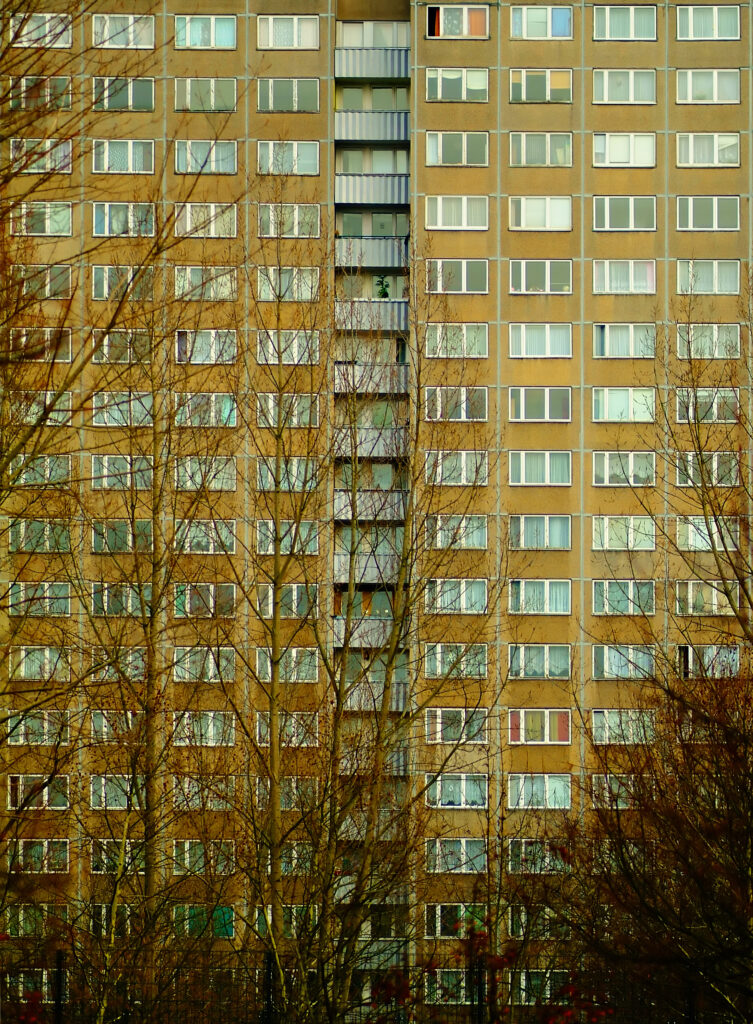
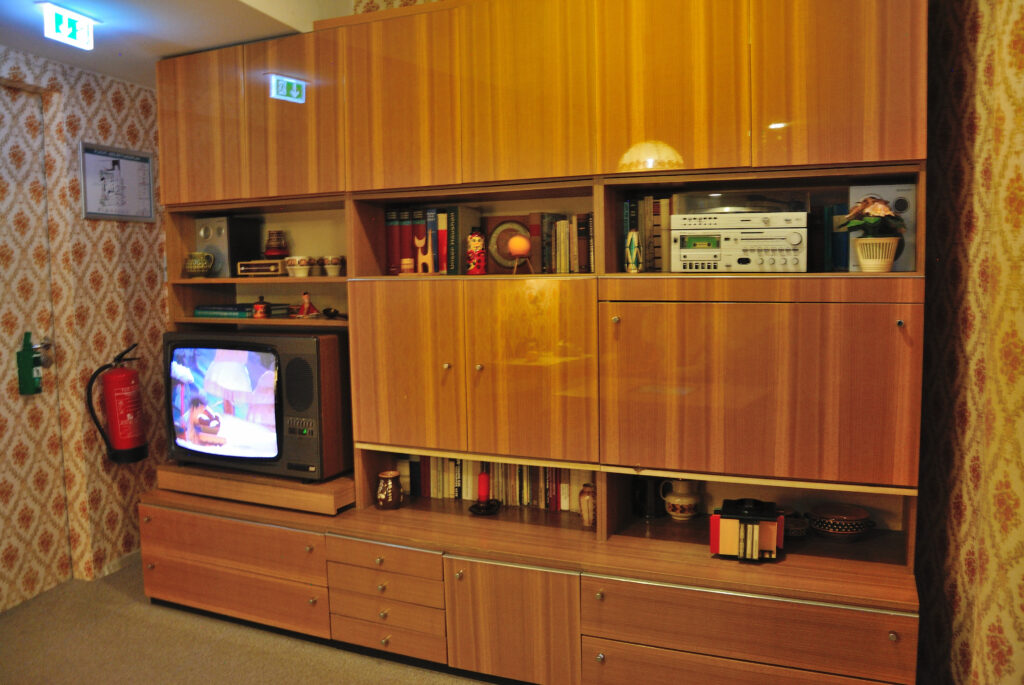
Monumentality and Functionality
GDR architecture prioritized large, imposing structures that conveyed the power and permanence of the socialist regime. Buildings such as government offices, cultural centers, and residential complexes were designed to be functional, efficient, and monumental. The use of raw concrete, wide open spaces, and minimal decoration gave the architecture a sense of strength and permanence.
Brutalism in GDR
Brutalism became the dominant architectural style for many public buildings in the GDR. Its use of exposed concrete, large geometric shapes, and unadorned surfaces reflected the regime’s desire to create buildings that were both practical and symbolic. Brutalism in the GDR was often associated with government buildings, housing projects, and urban developments.
Urban Development and Housing
The GDR’s urban planning was focused on providing housing for a rapidly growing population. Large housing estates, known as Plattenbau (panel buildings), were constructed using prefabricated concrete panels. These utilitarian structures, often associated with Brutalism, were designed to provide affordable housing quickly and efficiently, though they were sometimes criticized for their stark, impersonal appearance.
Brutalism: Origins and key features
Definition of Brutalism
Brutalism is an architectural style that emerged in the post-war period, characterized by the use of raw concrete and bold, sculptural forms. The style is often associated with large-scale public buildings and urban developments, aiming to create honest, functional spaces that serve the needs of the public. Brutalism became popular in the 1950s and 1960s, particularly in Europe and North America.
Philosophy Behind Brutalism
Brutalism was driven by a desire to create architecture that was honest and unpretentious. The use of raw concrete and simple, geometric shapes was seen as a rejection of the decorative excesses of earlier architectural styles. Brutalism was also influenced by socialist ideals, with an emphasis on creating buildings that served the public good, rather than individual luxury.
Brutalism’s Global Reach
Brutalism spread across the globe, influencing architectural practices in countries such as the UK, France, and the Soviet Union. In the GDR, Brutalism was adopted as a way to create functional, durable buildings that aligned with socialist values. The style’s use of concrete and large, imposing forms was seen as a way to express the strength and permanence of the state.
Notable examples of GDR brutalist architecture
The Palace of the Republic in Berlin is one of the most iconic examples of GDR Brutalism. The building, constructed in the 1970s, served as the seat of the People’s Chamber and was a symbol of socialist power. Its massive concrete structure, bold geometry, and monumental scale are characteristic of Brutalist architecture in the GDR.
Karl-Marx-Allee, a major boulevard in East Berlin, blends socialist realism with Brutalist elements. The buildings along the avenue feature large, imposing facades and a mix of modernist and Brutalist styles. The development was intended to showcase the power of the socialist state and its commitment to creating a new urban environment.Plattenbau Housing
The Plattenbau housing estates are perhaps the most well-known example of GDR Brutalism. These prefabricated concrete buildings were designed to address the housing shortage in East Germany. The stark, functional designs of the Plattenbauten are a testament to the GDR’s focus on practicality and mass production.
The social and cultural impact of GDR architecture
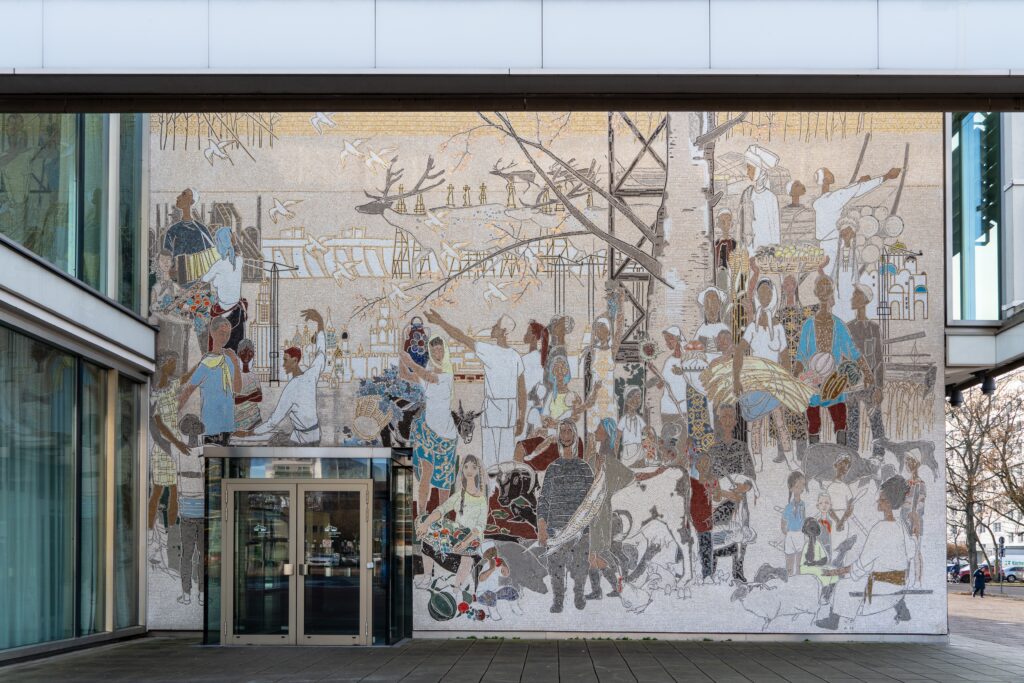
The architecture of the German Democratic Republic (GDR) had a significant social and cultural impact on its citizens, shaping both their everyday lives and collective identity. Architecture in the GDR was not only about buildings; it was a tool for state control and ideological expression. The design of public spaces, residential areas, and monumental structures served to reinforce socialist values, promote the collective good, and project the power of the state. This meant that the built environment was often designed to be functional, monumental, and somewhat austere.
Public buildings such as government offices, cultural centers, and large urban complexes were designed to symbolize the might of the socialist state. These structures, often brutalist in style with their heavy concrete façades and utilitarian forms, were intended to convey the strength and permanence of the GDR regime. The monumental scale of these buildings created a sense of awe and authority, further emphasizing the state’s power over the individual. By embedding state ideology into architecture, the government hoped to foster a sense of unity and solidarity among its citizens, reinforcing the values of socialism and collective responsibility.
On a more personal level, the widespread use of Plattenbau (prefabricated concrete apartment buildings) shaped the living conditions of millions of East Germans. While these buildings provided much-needed housing and were a response to the shortage of residential space, they were often criticized for their lack of character and warmth. Their austere, repetitive design lacked the individuality of Western homes, but their functionality reflected the state’s emphasis on practicality over aesthetics. These spaces became a symbol of the GDR’s utilitarian approach to life, where individual expression was often sacrificed for the collective good.
Nevertheless, these buildings also played a role in creating a sense of community. Shared spaces, such as public squares, parks, and communal gardens, were designed to encourage social interaction and foster a collective identity. The GDR’s architecture was not just a means of control; it also served to provide spaces for people to gather, connect, and engage in collective activities. In this way, GDR architecture had a dual role: it both reinforced the state’s ideology and facilitated social cohesion, shaping the everyday experiences and cultural lives of East Germans.
The decline and rediscovery of GDR brutalism
GDR Brutalism, with its raw concrete surfaces, angular forms, and massive scale, was at the forefront of architectural development in East Germany during the 1960s and 1970s. Initially, the style was embraced as a symbol of modernity, strength, and functionality, aligning well with the state’s desire to create a new, socialist society. The austere beauty of Brutalism reflected the GDR’s commitment to efficiency and its rejection of unnecessary ornamentation. Brutalist buildings, particularly in urban centers like Berlin, Leipzig, and Dresden, were intended to embody the ideals of the socialist state: power, progress, and unity.
However, as time passed, Brutalism in the GDR began to fall out of favor. By the 1980s, the style’s stark, imposing aesthetic was increasingly seen as outdated and oppressive, particularly as the GDR faced economic decline and political instability. Many East Germans grew tired of the cold, concrete structures that dominated their cities. The buildings that once symbolized the strength of the state were now viewed by some as symbols of its stagnation. The practical, no-frills design of Brutalism was no longer in line with the aspirations of a society increasingly exposed to the more vibrant, consumer-oriented lifestyles of the West.
After the fall of the Berlin Wall and the reunification of Germany, GDR Brutalism faced significant challenges. Many of these buildings, once seen as symbols of socialist power, were now regarded with ambivalence or even disdain. With the new political climate and the influx of Western ideas, there was a strong desire to erase the physical remnants of the GDR and its associated ideologies. As a result, many Brutalist structures were demolished or left to fall into disrepair.
However, in recent years, there has been a rediscovery and re-evaluation of GDR Brutalism. As the cultural heritage of East Germany has come under increasing scrutiny, some architects, historians, and urban planners have begun to appreciate Brutalist architecture for its boldness, functionality, and historical significance. Preservation efforts have started to emerge, particularly for iconic structures such as the Berlin Television Tower and the Palace of the Republic. These buildings are now seen by some as valuable examples of post-war architecture, and there is growing recognition of the importance of Brutalism in the broader narrative of architectural history.
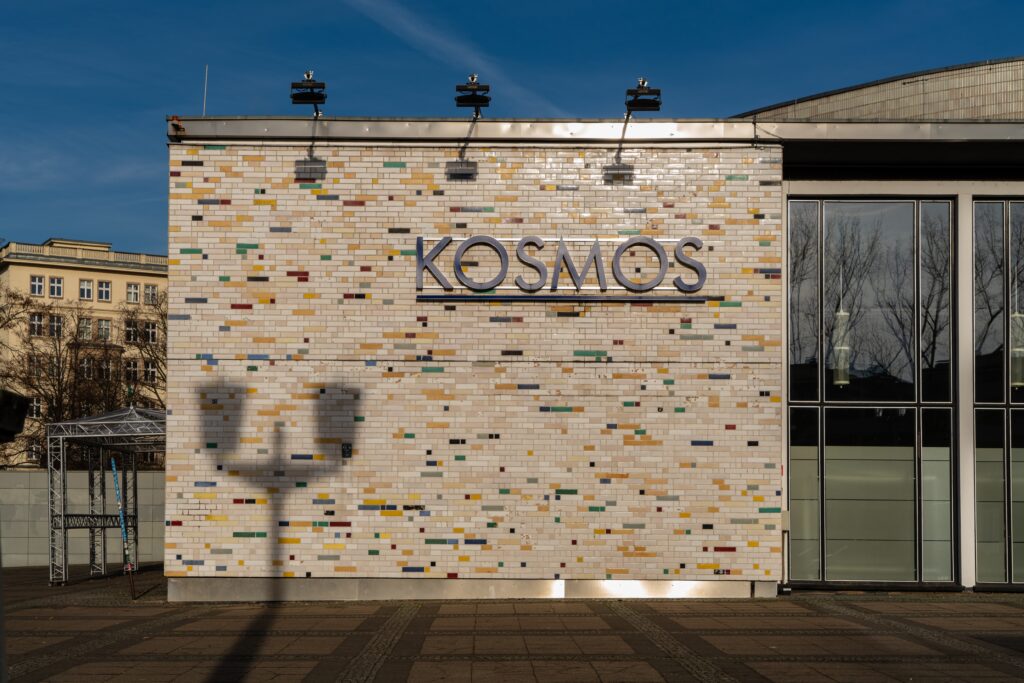
Conclusion
In conclusion, GDR architecture, particularly its Brutalist elements, played a significant role in shaping both the physical and cultural landscape of East Germany. The monumental, utilitarian designs of the GDR era were meant to symbolize the strength and unity of the socialist state while promoting collective values. The architecture of the time influenced the everyday lives of East Germans, providing housing, public spaces, and government buildings that reflected the ideals of the regime. While much of GDR architecture, especially Brutalism, faced criticism for its cold and imposing aesthetic, it also created a sense of identity and community.
The decline of GDR Brutalism followed the collapse of the regime and the reunification of Germany, as these structures became associated with a repressive past. Many Brutalist buildings were demolished or abandoned, but in recent years, there has been a growing appreciation for the historical and architectural significance of these buildings. As preservation efforts gain momentum, GDR Brutalism is being re-evaluated, with some viewing it as an essential part of architectural history. Whether celebrated or criticized, the legacy of GDR architecture, particularly its Brutalist structures, remains an important chapter in the history of modern architecture and the social fabric of East Germany.
The rediscovery of these buildings marks a shift in how we understand the architectural history of the Cold War era. Rather than viewing GDR architecture solely as a tool of state control, it is increasingly recognized for its contribution to the broader architectural discourse, influencing contemporary design and urban planning. As we move forward, the preservation and study of GDR Brutalism will continue to spark debate, offering valuable insights into the intersection of politics, architecture, and culture.




